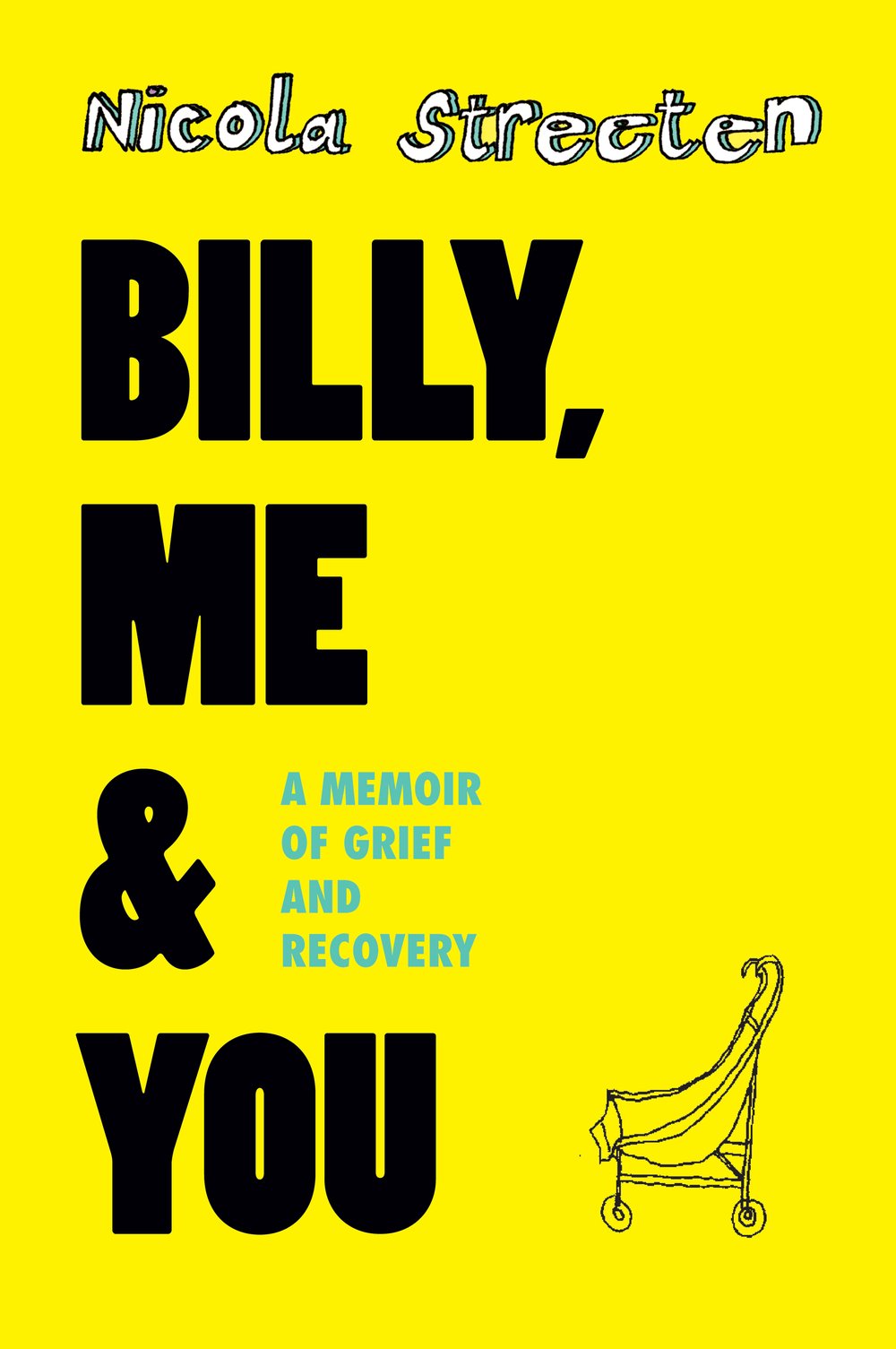The Inking Woman
This groundbreaking picture-led celebration of the work of over 100 named British artists, and a few more anonymous ones, reveals a wealth of women’s wit and insight spanning 250 years.
Based on an exhibition of the same name, held at the Cartoon Museum in 2017, this book edited by Nicola Streeten and Cath Tate demonstrates that women have always had a wicked sense of humour and a perceptive view of the world.
For many years, the world of cartoons and comics was seen as a male preserve. The reality is that women have been drawing and publishing cartoons for longer than most people realise. In the early 1760s, Mary Darly illustrated, wrote and published the first book on caricature drawing published in England, A Book of Caricaturas. In the nineteenth century, Britain’s first comic character, Ally Sloper, was developed by the actress and cartoonist Marie Duval (1847–1890). Cartoons were used by the suffragettes, and, during the Great War, artists such as Flora White and Agnes Richardson produced light-hearted propaganda comic postcards.
From the 1920s, a few women cartoonists began to appear regularly in newspapers. The practise was for artists to sign with their surname, so most readers were unaware of the cartoonist’s gender. In 1920, Mary Tourtel created Rupert Bear for the Daily Express, and nearly a hundred years later her character is still going strong. From the 1960s, feminism inspired cartoonists to question the roles assigned to them and address subjects such as patriarchy, equal rights, sexuality and child-rearing, previously unseen in cartoons. Over the last thirty years, women have come increasingly to the fore in comics, zines and particularly graphic novels.
This wide-ranging curation of women’s comics work includes prints, caricatures, joke, editorial and strip cartoons, postcards, comics, zines, graphic novels and digital comics, covering all genres and topics. It addresses the inclusion of art by women of underrepresented backgrounds.
Both the exhibition and book have been made possible by the generosity of Cath Tate Cards.
Nicola Streeten is an anthropologist-turned-illustrator and comics scholar. She is the author of Billy, Me & You (Myriad, 2011), an acclaimed graphic memoir about her bereavement following the death of her two-year old son. It was initially serialised in Liquorice Magazine, a comic Nicola produced with her daughter, and it received Highly Commended in the Popular Medicine category of the 2012 British Medical Association Medical Book Awards.
Streeten is co-founder (with artist Sarah Lightman) of Laydeez do Comics, a graphic novel forum with a focus on the new wave of comic work based on the drama of everyday life, which has been called ‘a combination between a book club and a series of TED talks’ (Julie Davis, A Woman’s Art Magazine, 2013).
In 2013 she was awarded an Arts and Humanities Research Council Scholarship from the University of Sussex to undertake a research doctorate on British women’s comics from 1970 to the present. She continues to work on commercial illustration commissions. Every Friday, she adds to a regular cartoon strip series #ayearat50 on her blog.
Nicola Streeten is co-editor with Cath Tate of The Inking Woman, published by Myriad in March 2018.
Cath Tate is co-author with Nicola Streeten of The Inking Woman, published by Myriad in March 2018. She set up Cath Tate Cards in the early 1980s initially to produce political (anti-Thatcher) and feminist postcards. Her popular series of thematic gift books, ‘The wit and wisdom of Cath Tate’, is based on her collection of vintage photographs. During the 1980s and 90s she published cards showing the work of many of the feminist cartoonists active at the time and conceived the idea of an exhibition and a book showing the work of women cartoonists.
In the early 1990s she collaborated with Carol Bennett producing the FANNY and Dykes Delight comics which showed the work of women comic artists. In 2017 she helped to curate ‘The Inking Woman’ exhibition at the Cartoon Museum in London with Kate Charlesworth, Anita O’Brien and Corinne Pearlman. Both the book and the exhibition have been made possible thanks to the support of Cath Tate Cards.

